
Boosting Alpha
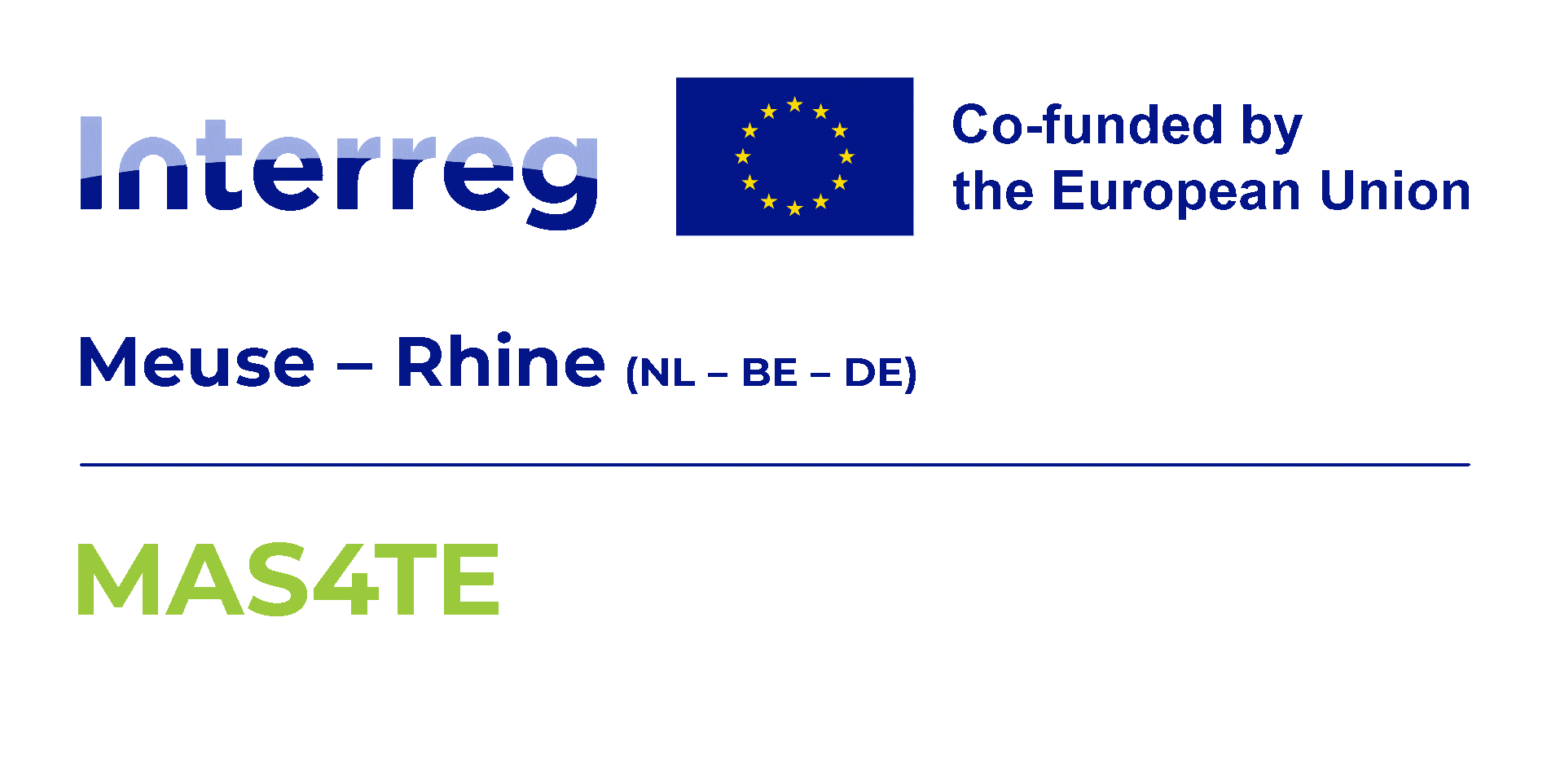
Boosting Alpha Joins Forces to Drive the Multi-Agent Systems for Trading Energy (MAS4TE) project
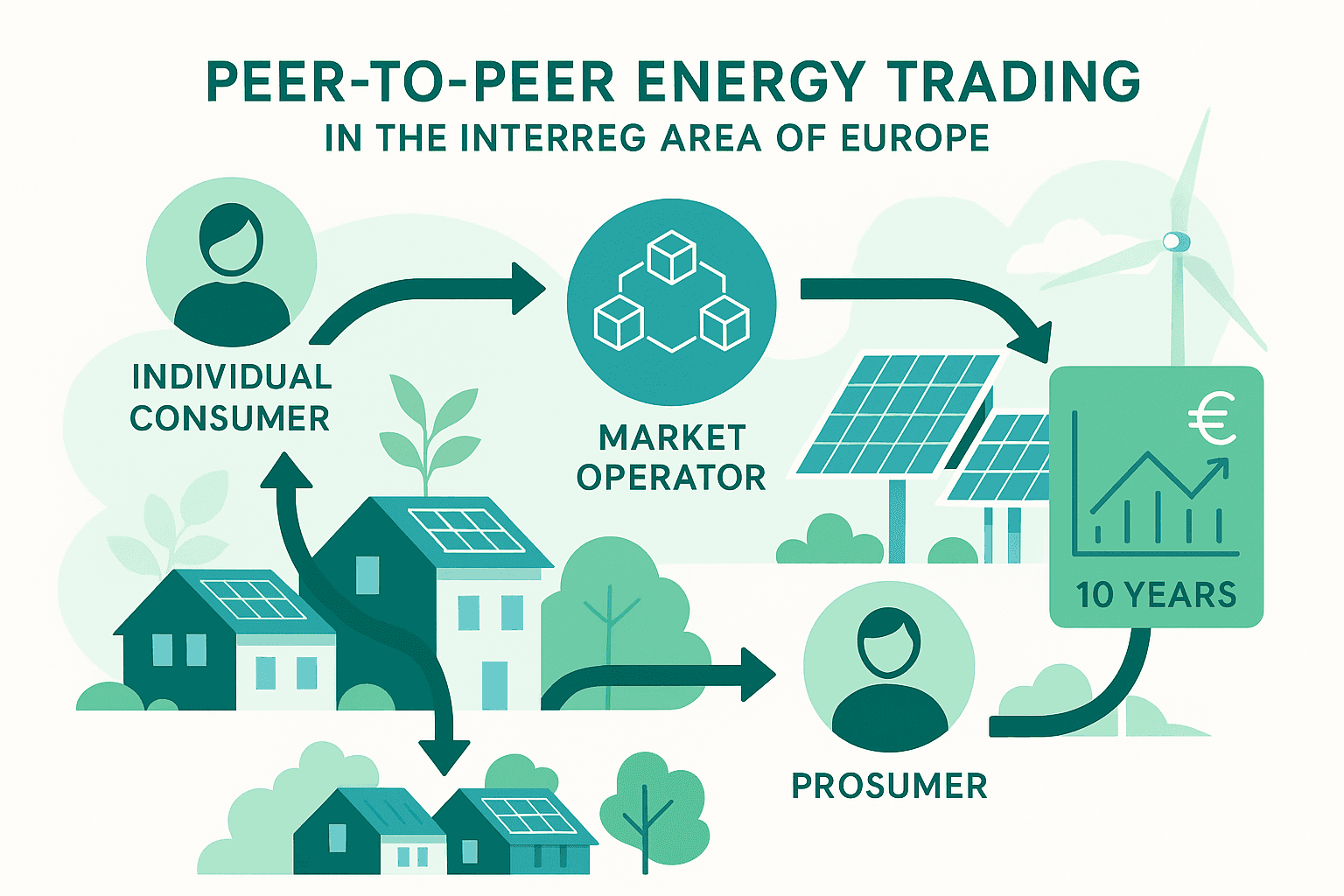
Boosting Alpha is an innovative technology company specializing in AI-driven trading solutions, and data analytics for the financial markets. As a participant in the MAS4TE project, Boosting Alpha leverages its expertise and further expanding in decentralized energy trading, machine learning, and blockchain applications to empower efficient and scalable transactive energy markets.
The MAS4TE project aligns with Boosting Alpha’s mission to bridge the gap between renewable energy producers, grid operators, and consumers through advanced multi-agent systems.
With a strong focus on real-world applicability, Boosting Alpha’s role in MAS4TE includes:
AI-Powered Market Algorithms: Optimizing energy matching and pricing for prosumers.
Impact Research: Analyzing the current market situation and measuring societal and business benefits.
Engagement & Outreach: Connecting stakeholders through workshops and communication.
Through this collaboration, Boosting Alpha reinforces its commitment to accelerating Europe’s energy transition while creating tangible value for stakeholders—from households to grid operators.
Project MAS4TE: Multi Agent Systems for Trading Energy on the Blockchain is being carried out as part of the Interreg Meuse-Rhine (NL-BE-DE) programme and co-financed with 1.110.059,84 euros by the European Union, 637.762,81 euros by Regional co-financing and 472.297,03 euros contribution by project partners.
Project website: https://www.interregmeuserhine.eu/en/projects/mas4te/
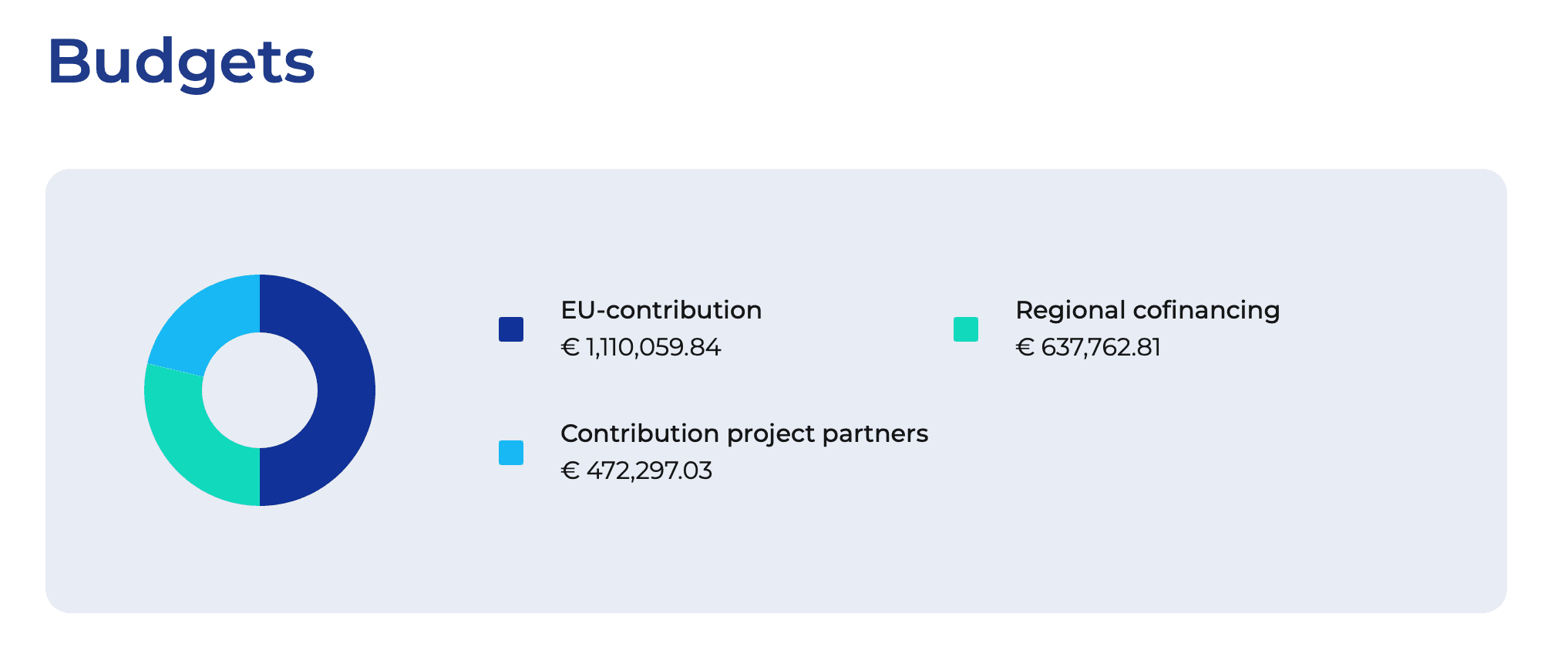
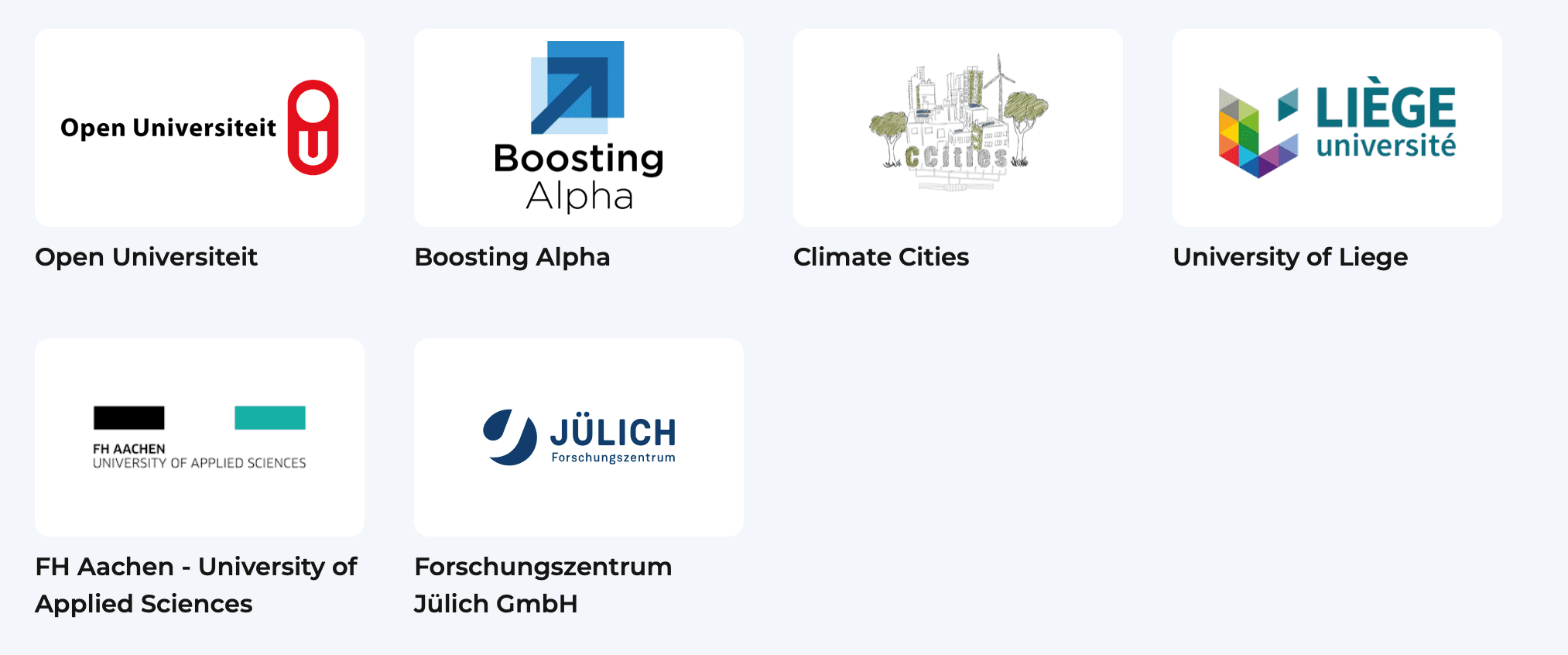

Einstein Telescope Technologies Project: Research & Impact
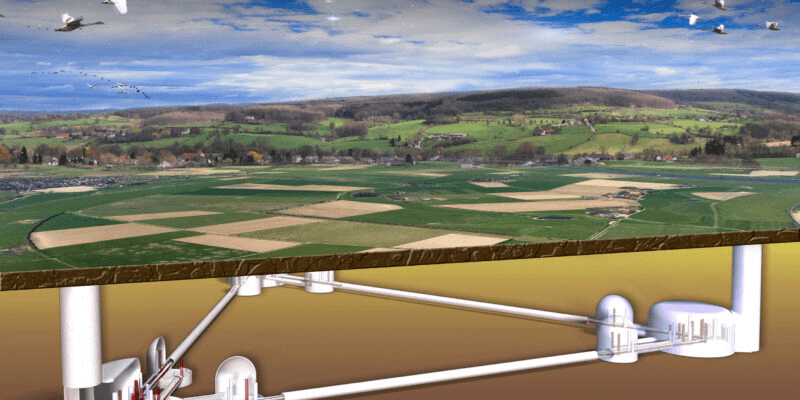
The Einstein Telescope is a future underground gravitational wave observatory. The border region of the Netherlands, Belgium and Germany is in the picture as a possible location. The 'Einstein Telescope Technologies' project contributes to the realization of the Einstein Telescope in various ways. Within this project, 12 knowledge institutions and companies are working together on the necessary breakthrough technologies, soil research and spin-off of technologies to other sectors. The project focuses on The Netherlands and complements other research and work within, among others, ETpathfinder, E-TEST and ET2SMEs.
Technical challenges
There are technical challenges in a number of areas to realize the Einstein Telescope (ET). For example: vibration-free cooling, better sensors, new algorithms to isolate gravitational wave signals from noise, and the realization of the world's largest ultra-high vacuum system. In addition, it is essential to properly characterize the subsurface in order to find out how the Einstein Telescope can best be installed in it. It is also important to investigate how the Einstein Telescope can be built and used in the most sustainable way possible. These aspects are all addressed in the Einstein Telescope Technologies (ETT) project. In this project, a consortium consisting of 12 knowledge institutions and companies is working together to overcome these technical challenges.
Spin-offs beyond the horizon
The work packages of this project do not only contribute directly to the Einstein Telescope. There is also the prospect of applications in other areas. A great example of how modern physics can have a huge impact on technology and our daily lives is the widely used GPS in navigation systems: without the corrections resulting from Einstein's general relativity theory, the satellite navigation would send the driver into a meadow after a few hours of driving!
Leading through Innovation
In addition to developing the necessary technology for ET and generating technological spin-off, this project also aims to optimally position the Dutch industry for ET-related orders and to promote cooperation with various leading Dutch companies. Even if the ET will not be realized in the Euregio Meuse-Rhine, these parties will acquire a better starting position in future ET-related tenders. Conversely, by intensifying the collaboration with Dutch industry, the case for ET in the Euregio Meuse-Rhine will be strengthened, enabling The Netherlands to better position itself to realize a world-class scientific infrastructure within national borders with all the related positive impact on the region.
What is our role as Boosting Alpha?
In the trading industry, we consider the prices as a random walk. The prices, the trading volumes and order sizes are all considered signals, but also as noises. To make a correct trading decision, we need to identify the valuable signal from the noises. Artificial intelligence is widely recognized as a powerful technic to process data and filter noise. We work closely with the leading knowledge institutions to exchange the latest and most advanced AI technics and assess the synergy between the financial trading industry and Space physics. In both worlds, we are looking for the signals hidden. The research started in April 2021 and expanded to the end of 2023.
About the Einstein Telescope
In 2015, the first gravitational wave on Earth was detected by two so-called laser interferometers. Since then, dozens of gravitational waves have been observed and we literally have a completely new way to study our universe; gravitational waves offer a huge discovery potential for things In the universe cannot be explored with light. Despite the revolutionary first observations of gravitational waves, current observatories are not sensitive enough to detect gravitational waves throughout the history of our universe. This requires a better instrument: the Einstein Telescope (ET).
Financing
This project was made possible in part by a financial contribution from the European Regional Development Fund (ERDF) of the European Union, the Ministry of Economic Affairs (EZK) and Climate and the Province of Limburg.
The ERDF and EZK funds are deployed through the OPZuid 2014-2020 Program and REACT-EU.
The Operational Program ERDF 2014-2020 Southern Netherlands (OPZuid) is a European subsidy program for the provinces of Zeeland, Limburg and North Brabant. The topics are promoting innovation and the transition to a low-carbon economy. The program is mainly aimed at innovative SMEs and strengthening cooperation between the business community, knowledge institutions and governments.
REACT-EU is a direct response from the European Union to the COVID-19 pandemic. The EU is making additional resources available for the economic recovery of the regions. Projects are innovative, ready to start and contribute to one of the five social transitions. The provinces of Noord-Brabant, Limburg and Zeeland have each individually identified specific eligible activities that are important for a green, digital and resilient recovery of the economy within their province.
Links:
Project website: https://et-technologies.nl/
Stimulus website: https://www.stimulus.nl/opzuid/avada_portfolio/einstein-telescope-technologies/
© Boosting Alpha - Venlo, The Netherlands 2025 All rights reserved